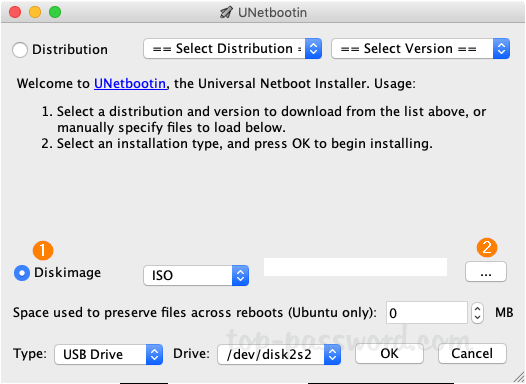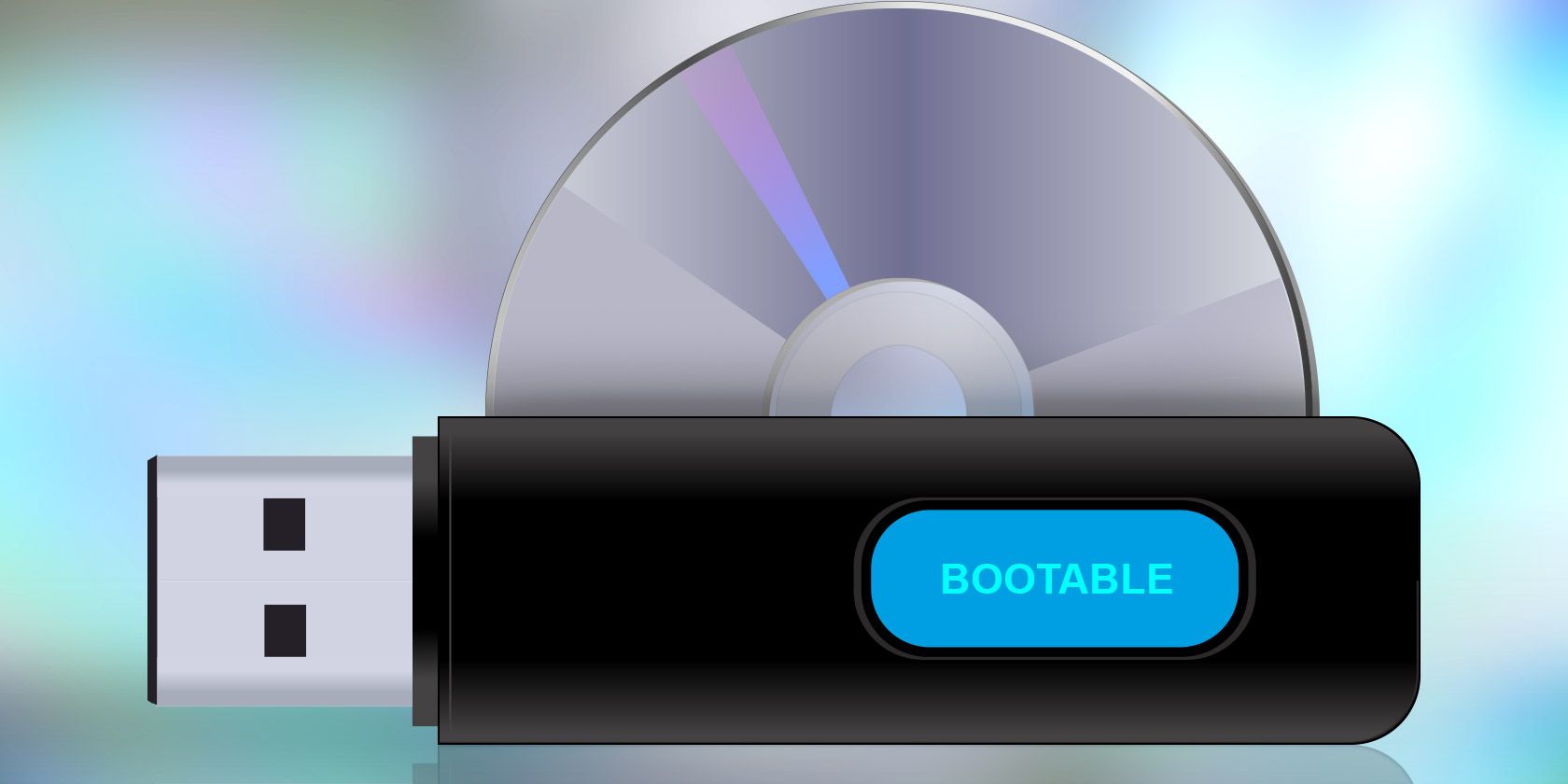
- #MAC INSTALL BOOTLOADER ON USB DRIVE INSTALL#
- #MAC INSTALL BOOTLOADER ON USB DRIVE DRIVERS#
- #MAC INSTALL BOOTLOADER ON USB DRIVE DRIVER#
- #MAC INSTALL BOOTLOADER ON USB DRIVE DOWNLOAD#
#MAC INSTALL BOOTLOADER ON USB DRIVE INSTALL#
Install ADB system-wide? – Y and press enter.Do you want to install ADB and Fastboot? – Y and press enter.A command prompt window will open with pre-written tasks.Run the ADB & Fastboot setup as an administrator.Follow the steps carefully for a successful installation. It’s a 15-second process so you don’t have to give much of your time.

#MAC INSTALL BOOTLOADER ON USB DRIVE DRIVERS#
Now that you have downloaded the ADB and Fastboot Drivers on your PC, it’s time for the installation process.
#MAC INSTALL BOOTLOADER ON USB DRIVE DRIVER#
If you still have questions about installing Linux on USB, please ask them in the comment section and I’ll try to answer them.ADB & Fastboot Drivers Install ADB and Fastboot Driver on Windows PC I hope you like this trick and find this detailed tutorial helpful. This is a better solution than removing the hard disk or having a messed up boot. The neat trick of hiding the actual ESP partition from the Ubuntu installer is the key idea here.

#MAC INSTALL BOOTLOADER ON USB DRIVE DOWNLOAD#
Download and install it and use it to format the USB by deleting all the partitions on it and the creating a new partition in NTFS or FAT32 format. It is available for Linux, Windows and macOS. When you create a live USB, it leaves the USB in a weird state and often operating systems cannot format it directly. If you want to use either of the USB later for normal data transfer, you’ll have a difficult time formatting them. Here’s the thing you have used two USBs: one for live Ubuntu and one for actual Ubuntu install. Part 4: Getting your USBs back in normal condition There is one last thing remaining, and that is to claim your USB drives back. That’s up to you.Īnother thing to note is that when you boot from the Ubuntu USB on a different systems It shows a blue screen with a few options. If that’s the case, boot into this USB, install Grub Customizer and delete these additional entries. The extra entry in the Grub should not bother you unless you have obsessive compulsive disorder. If I use the USB on the same Debian system which was used for the Ubuntu installation on the USB, it will work. Obviously, because there is no Debian system on the new system. If I use this USB on a different system and try to boot into Debian, it will throw an error. While installing, the new ESP partition on the USB also takes note of the Debian system as you can see in the Grub screen. I have a SanDisk SSD and when I used installed Linux on it, the experience was very smooth, almost like the SSD on the system.ĭid you notice something in the above Grub screen? I used a system which had Debian installed for creating this Ubuntu USB.

Even if you use USB 3, installing Linux will be multiple fold slower than normal Ubuntu installation.USB 2.0 will be painfully slow for both installing and using Linux. I highly recommend using USB 3.0 for both live USB and the actual Linux USB.Use a USB of 4 GB for the live system and at least a 32 GB USB for the Linux USB.One for live USB and another one where Linux will be installed. Let me clear a few more doubts and add some suggestions: The original ESP partition on the hard disk is untouched.Ĭlever trick, I know. This way, you fool the Ubuntu installer into thinking that there is no existing ESP partition and it will create and use a new ESP partition on the USB. Removing the disk is out of question here.Īn easier way out is to remove the ESP flag from the ESP partition before installing Linux on the USB and put it back after installation. If you have a desktop PC, you may remove the hard disk and that could solve the problem but things will be difficult when it is a laptop. The solution or workaround to the bootloader problem is that you do not let the installer know that there is already an ESP partition.


 0 kommentar(er)
0 kommentar(er)
